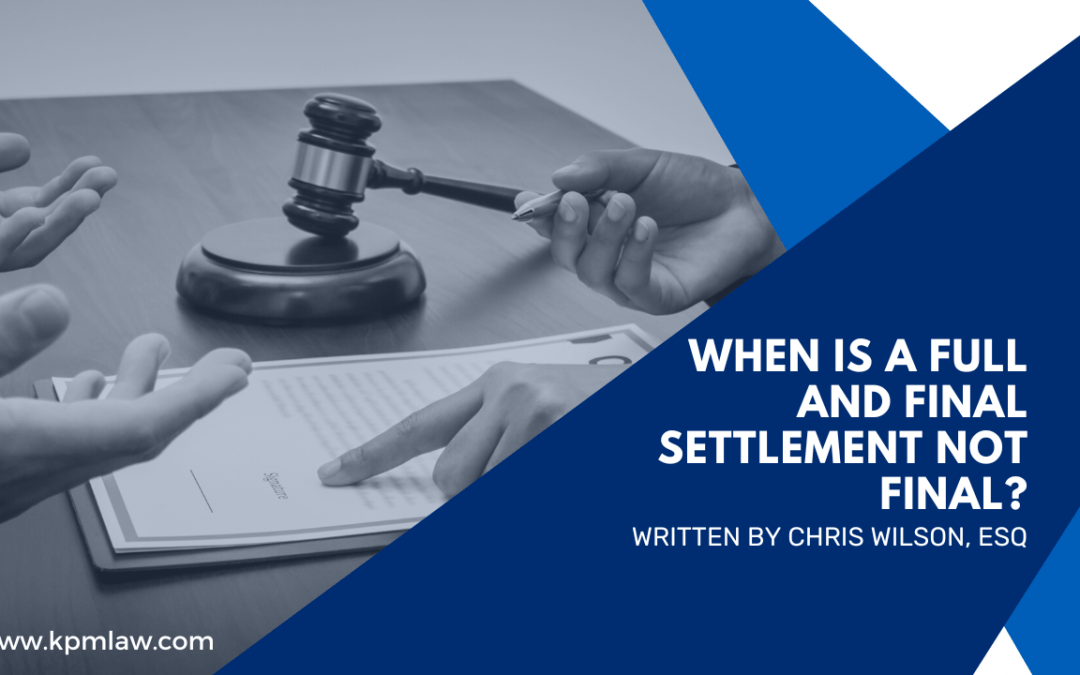
by KPMLAW | Aug 30, 2022 | KPMBlog, News, Uncategorized
Written by Chris Wilson, Esq. Edited by Bob McAdam, Esq. Two recent decisions from the Court of Appeals of Virginia and the Virginia Workers’ Compensation Commission create uncertainty regarding when employers and carriers can be sure that there will be no further litigation in settled workers’ compensation claims. The case decided by the Full Commission, Greatheart Jr. v. City of Hampton, JCN VA00001102641 (Apr. 12, 2022) involved an application by the claimant seeking to compel the employer and carrier to pay the balance of bills for medical services the claimant received on October 29, 2015. The claimant’s workers’ compensation claim settled full and final on November 1, 2019. The defendants argued that the settlement Order extinguished the claimant’s right to seek payment of unpaid medical balances, and that the claimant therefore lacked standing to pursue his claim. As is common in accepted workers’ compensation claims, the employer and carrier agreed as part of the settlement to pay for all reasonable, necessary, and causally related medical treatment rendered from the date of the accident through the date the settlement Order was entered by the Commission. The Order, however, also included language stating that the settlement “shall be and hereby is a complete extinguishment of all claims of any nature whatsoever of the claimant . . . that are now due or that hereafter may become due . . . including, but not limited to, claims for . . . medical benefits . . . .” Documentation submitted by the claimant indicated the carrier had partially paid the bill in question in 2016, leaving a balance of roughly $8,000. The bill...

by KPM LAW | Jul 18, 2022 | KPMBlog, News, Uncategorized
Below is an examination of the significant changes to the Virginia Workers’ Compensation Act, effective July 1, 2022. 1. Amendment to Virginia Code §65.2-603 Employer duty to furnish medical attention; cost limit. Adds scooters to the list of medical equipment an employer is required to furnish to an employee under certain circumstances under the Virginia Workers’ Compensation Act. The bill raises the limit on the aggregate cost of items and modifications required to be furnished by an employer to an injured employee from $42,000 to $55,000, to be increased on an annual basis. KPM Note: The most significant part of this amendment is increasing the aggregate cost of items and modifications to $55,000, with an annual increase, using the formula to compute the COLA. In the past, there was a hard limit on the modifications. One interpretation of the amendment is that a claimant may be able to revisit her entitlement to modifications on an annual basis. Another interpretation is that the date of the accident determines the total amount a claimant may receive in these benefits. For example, in the accident occurs on July 2, 2022 the total amount is $55,000 for these benefits. If the accident occurs on July 2, 2023, the total amount is the updated figure. We anticipate that there will be litigation about whether claimants may receive the updated benefits each year or if the limit that pertains to their case is the benefits in effect at the time of the accident. 2. Amendment to Virginia Code §65.2-402.1 COVID-19; health care providers. Extends from December 31, 2021, to December 31, 2022, the date...
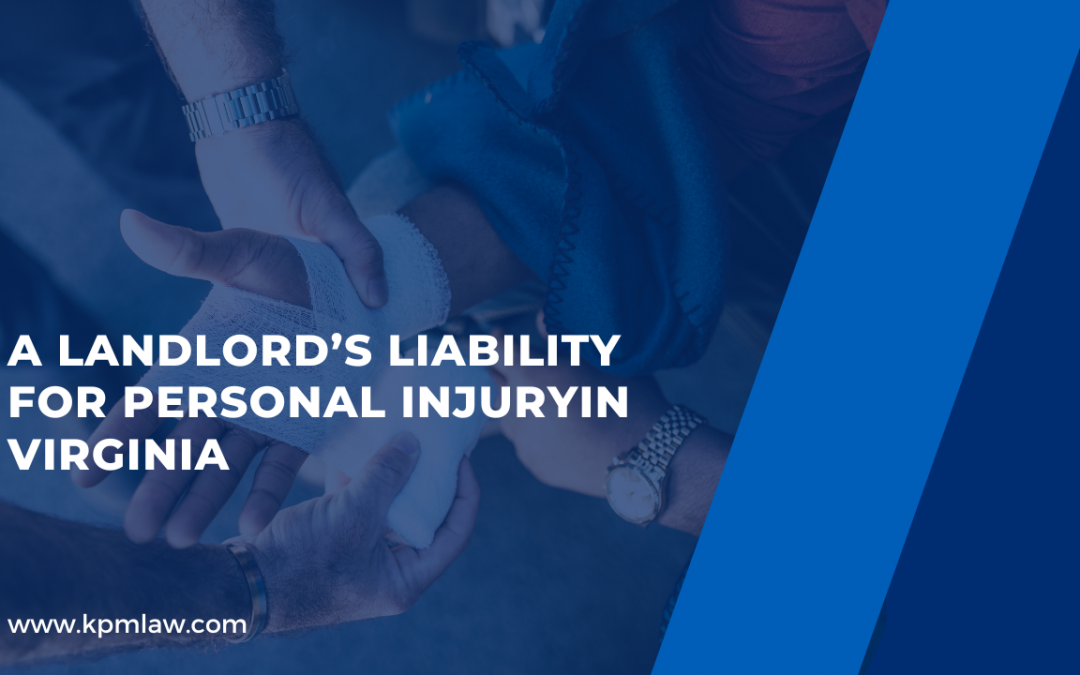
by KPM LAW | Jun 30, 2022 | Uncategorized
An estimated 2.7 million Virginians reside in a rentedresidence.That means thatone in every three households are rentals.In Virginia’s larger citiesthe percentage of rental households is much higher. For example, in both Alexandria and Richmond, around 60% of the cities’ households rent their residence.1With such a large number of rental residences, questions of liability for personal injuries caused by the condition of the rental premises often arise. In most instances, the Virginia Residential Landlord Tenant Act (hereafter “the VRLTA”)(Va. Code Ann. § 55.1-1200, et. al.)governs the relationship between a landlord and a tenant. For example, the VRLTA restrictscertain lease terms, requires the landlord provide certain essential services, and governs the eviction process. Despite the seeminglycomprehensive nature of the VRLTA, one situationthe VRLTAdoes not controlis when a tenant is injured as the result ofthe leased premises’ condition.That situation is governedby the common lawestablished overdecades of Supreme Court precedent.See Isbell v. Commercial Inv. Assoc., 273 Va. 605, 644 S.E.2d 72 (2007) andStewart v. Holland Family Properties, 284 Va. 282, 726 S.E.2d 251 (2012). For decades, Virginia Courts have held that “The tenant take the [rental] premises as they are, and his invitees take the risks of the situation.”Caudillv. Gibson Fuel Co.,185 Va. 233,240, 38 S.E.2d 465, 469(1946). Stated another way, “a landlord has no duty of care to maintain or repair leased premises when the right of possession and enjoyment has passed to the lessee. The duty resides with the lessee under these circumstances and no action in tort can be sustained against the landlord for personal injuries resulting from the failure to maintain or repair the leased property.” Stewart v. Holland...

by KPM LAW | Jun 12, 2022 | KPMBlog, News, Profiles, Uncategorized, Updates
Written by Brian A. Cafritz, Esq.Virginia has long had a defense-friendly one-year statute of limitations for defamation claims. Under Virginia Code § 8.01-230, the accrual of right of action occurs when injury is sustained. In the context of a defamation action, the cause of action accrues and the statute of limitations begins to run when the injury to reputation is sustained by publication. Va. Code § 8.01-230; see, Weaver v. Beneficial Finance Co., 199 Va. 196, 200-01, 98 S.E.2d 687 (1957).Over the last hundred years, it has been relatively easy to calculate the accrual date for the defamatory acts. If one made a statement or drafted a written letter, the date of publication of the statement or letter became the accrual date. For example, if a photocopy of the same letter was copied and mailed to different recipients on different dates, the law considers each mailing of the same letter to be a new publication that creates a separate cause of action with the statement being heard on different dates in different locations and causing different damages. As a result, based on the date of publication, each mailing of the photocopied letter has its own accrual date for the purposes of the statute of limitations. See Bradford J. Brady v. Stefanie Marshall and M3-Marshall Contracting & Masonry, Inc., (Cir. Ct. Albemarle County, Case No. CL19-1701, J. Higgins, 2021).However, in today’s society, communications through letters is becoming less common. Written letters had been replaced by emails and texts. But today’s technology has changed that as well. The introduction of social media platforms, pod casts, and multimedia communications complicated that calculus...

by KPM LAW | Jun 12, 2022 | Uncategorized
A new piece of legislation will create big changes in the landscape of Virginia Liability Auto Insurance Coverage, and will significantly impact the defense of our clients in claims arising from motor vehicle accidents, particularly in the context of UM/UIM claims. Virginia Senate Bill 754 introduced by Sen. Mark Obenshain removes Virginia’s longstanding credit/offset for available liability coverage that reduces or eliminates the benefit of underinsured coverage. Historically, a claimant’s insurance company would benefit from an offset for the negligent driver’s liability coverage. For example, if Claimant A made a claim against Tortfeasor B for injuries resulting from negligent operation of a motor vehicle, and Tortfeasor B had a $25,000 liability policy while claimant A had a $50,000 UIM policy, then the underinsured carrier would only face exposure of $25,000 as opposed to the full $50,000 because it would get a credit for the $25,000 paid by the liability carrier. The bill allows purchasers of insurance to avoid extra premium if they instead choose tocontinue allowing application of the offset provision. Insurance companies lobbied against the bill unsuccessfully, and the Virginia Senate passed the bill on February 4, 2022. The bill was subsequently passed by the Virginia House of Delegates on March 9, 2022 and signed into law by Governor Youngkin on April 11, 2022. The new law goes into effect on July 1, 2023 and will only impact policies that go into effect beyond that date. As a result of this measure being signed into law, there will be an amendment to Va. Code §38.2-2202. The statute requires that all policies issued after July 1, 2023 include the...
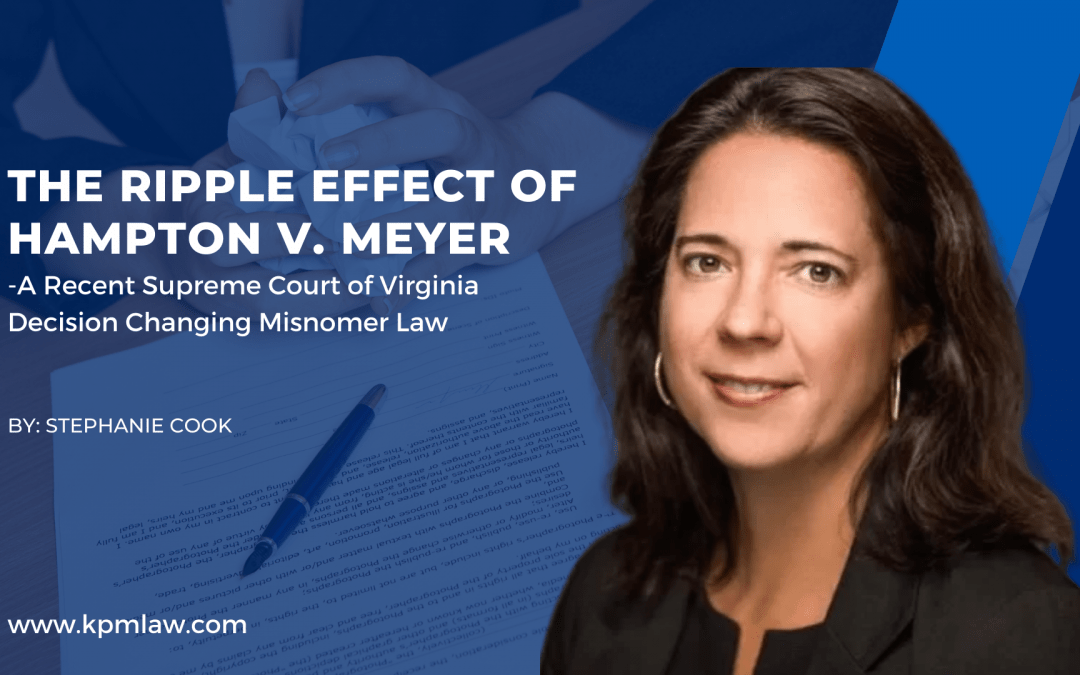
by KPM LAW | Jun 12, 2022 | Uncategorized
Written by Stephanie Cook, Esq. Edited by Bill Pfund, Esq. A somewhat recent decision by the Supreme Court of Virginia has turned the definition of a misnomer upside down and created quite a wave of plaintiffs attempting to save their cause of action by having their mistake of naming the wrong defendant declared a misnomer. In Hampton v. Meyer, 299 Va. 121 (August 2020), the Supreme Court of Virginia held that the incorrect naming of a defendant in a complaint may be considered a misnomer if the true party to the suit is sufficiently identified in the body of the complaint. The entire complaint as a whole must be considered in examining whether there is a misnomer. Whether a party named in a caption is a proper party to the action is to be determined not merely by how that party is identified in the caption of the pleading, but by the allegations set forth within a pleading that identify that party more specifically. A misnomer has historically been defined as a mistake in the name, not the identification of a party. Rockwell v. Allman, 211 Va. 560, 561 (1971). A misnomer occurs where the proper party has been identified but incorrectly named. Swann v. Marks, 252 Va. 181, 184 (1996). A misjoinder, on the other hand, is when the person or entity named in the pleading is not the person by or against whom the action could be or was intended to be brought. Estate of James v. Peyton, 277 Va. 443, 452 (2009). In Hampton v. Meyer, plaintiff intended to file suit against the driver who caused...
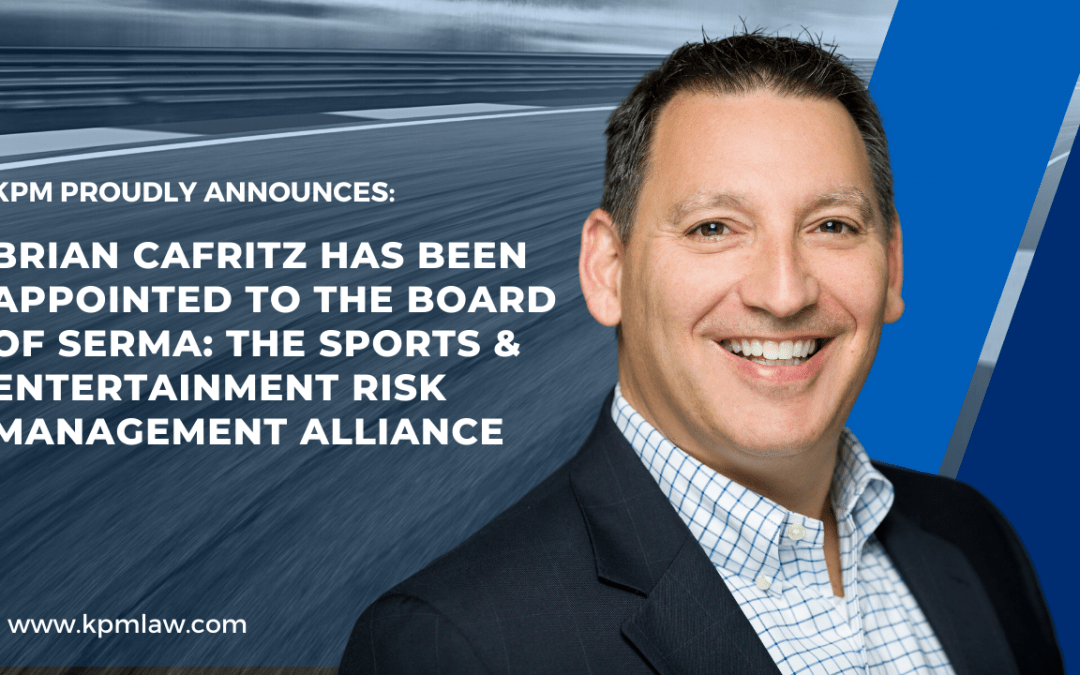
by KPMLAW | Jun 9, 2022 | KPMBlog, News, Profiles, Uncategorized
Chicago, IL, June 6, 2022 — The Sports and Entertainment Risk Management Alliance (SERMA) announces the appointments of Scott W. Bermack, Weber Gallagher co-chair of the firm’s General Liability Practice and managing partner of the New York Office, and KPM LAW’s Brian A. Cafritz, Esq., Managing Partner of the firm’s Leisure & Entertainment Litigation Group as well as the Restaurant & Retail Litigation Group, to the Advisory Board. In this new role as Advisory Board Members, Bermack and Cafritz will focus on the goals of increasing SERMA’s membership and quality content. With the appointment of Cafritz and Bermack, the advisory board now comprises 21 members, 18 of whom are industry executives. SERMA is the first risk management association devoted entirely to the sports and entertainment industries. It is an organization of risk managers, claims managers, general counsels, outside counsel and other associated professionals who work in the sports and entertainment field. “I am excited to welcome Scott and Brian to SERMA’s advisory board, which is made up of some of our industries’ most dynamic and engaging leaders,” said Rich Lenkov, SERMA’s founder and a capital member of Downey & Lenkov. “We look forward to their contribution to this group as we share best practices, common solutions, and industry trends.” “SERMA fills a gap in the sports and entertainment industries and I’m thrilled to join the association’s advisory board, which is made up of the best and brightest in their fields,” said Bermack. “I look forward to providing value to the board, the association, and SERMA members.” Adds Cafritz, “Scott and I are honored that our peers have the confidence...
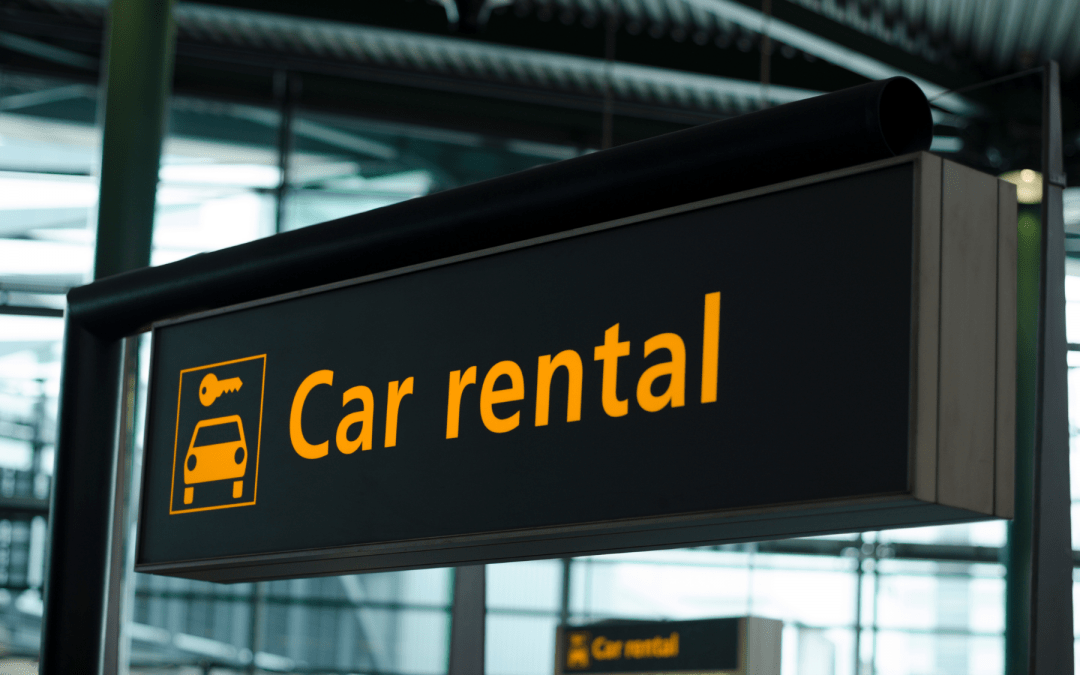
by KPMLAW | Feb 24, 2022 | KPMBlog, News, Profiles, Uncategorized
After an automobile accident, it can often be difficult for those involved to find a replacement vehicle. The Virginia General Assembly addressed this fact with the implementation of Va. Code Ann. § 8.01-66, which provides reimbursement to a non-at-fault party for costs associated with a temporary rental vehicle. In drafting this code section, the General Assembly clearly attempted to balance the interests of both the at- fault and innocent party. 8.01-66 allows a party who is “entitled to recover for damage to or destruction of a motor vehicle . . . to recover the reasonable cost which was actually incurred in hiring a comparable substitute vehicle for the period of time during which such person is deprived of the use of his motor vehicle.” Va. Code Ann. § 8.01-66(A). The General Assembly placed a few restrictions on this avenue of damage recovery in an attempt to balance the interests of both parties to the accident. These balancing restrictions can play an important role in an individual’s ability to recover and the amount of such recovery. First, the individual seeking these damages must be “entitled to recover for damages” as a result of the accident. Though this is the first, and seemingly most basic step, it may prove difficult in practice. Because Virginia adheres to the doctrine of contributory negligence, if the party seeking damages negligently contributed to the accident in any way, he or she will be barred from recovery under § 8.01-66(A). Therefore, analyzing the facts surrounding each accident is the important first step to applying § 8.01-66(A). Second, § 8.01-66(A) requires that the costs must actually be...
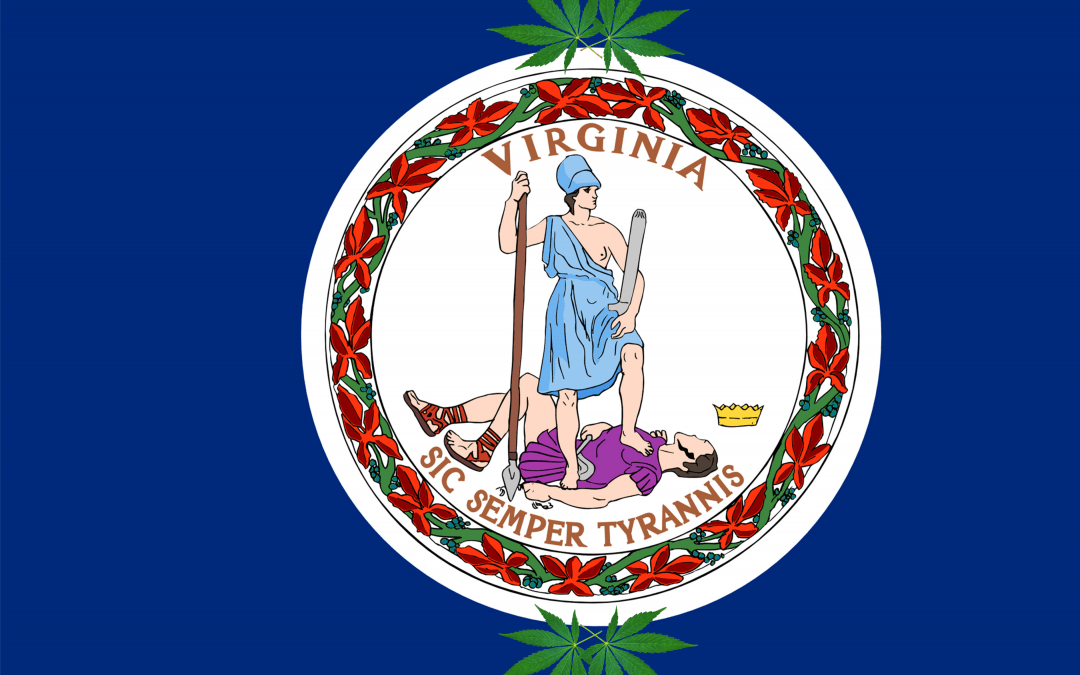
by KPMLAW | Feb 11, 2022 | KPMBlog, News, Profiles, Uncategorized, Updates
Written by Brian Clarry, Esq. Edited by Bill Pfund, Esq. Last spring, I wrote an article discussing the law of punitive damages in Virginia in the civil litigation context. I focused on the issue of a defendant’s intoxication at the time of a motor vehicle accident. Under Virginia common law, intoxication does not necessarily establish any particular level of negligence, much less the heightened negligence required for a punitive damages award. Huffman v. Love, 427 S.E.2d 357, 360 (1993). Instead, it is only one factor to be considered in determining whether the entirety of the defendant’s conduct showed a conscious disregard for the safety of others. Id. There is a bevy of case law and even an entirely separate statutory framework for driving under the influence of alcohol. Marijuana intoxication, however, is more of a blank slate. When I wrote last spring, Governor Ralph Northam was in the process of proposing amendments to a bill passed by the General Assembly in February that would, among other things, make possession of up to an ounce of marijuana legal for adults over 21 years of age Now, the bill has become law. It is important to pause and discuss what’s in the new law, which deals with the substance of the issue and lays out a three-year process to legalize marijuana and create a regulatory framework for the sale of the product. The New Law (HB2312 – SB1406) Effective July 1, 2021, Virginia legalized the possession of up to an ounce of marijuana[1] for adults 21 and older, as well as the consumption of marijuana in non-public areas. The law...
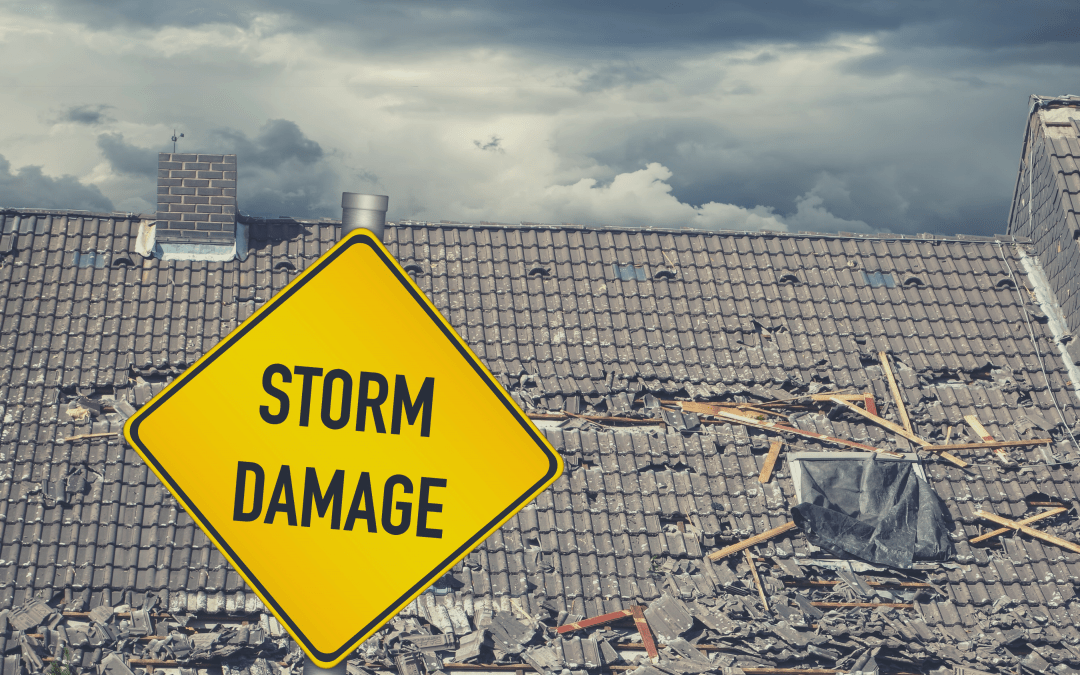
by KPMLAW | Jan 27, 2022 | KPMBlog, News, Profiles, Uncategorized, Updates
Written by Gary Reinhardt, Esq. Public adjusters and their contractor allies look for potential claims. For example, they find a roof in poor condition, inspect it, and invariably find hail or wind damage. However, just as likely, the roof has damage from other causes. Despite that, the public adjuster writes up an estimate including everything wrong with the roof, be it poor installation, rot, or wear and tear. An insurer receives this estimate, hires an engineer to inspect the roof, and determines that significant parts of the public adjuster’s estimate include damages excluded from coverage by the plain language of the policy. The insurer refuses to pay for excluded damage, so the public adjuster attempts to circumvent coverage and the policy by invoking the appraisal clause. When the insurer balks at appraising the entire public adjuster estimate, asserting that coverage/excluded damage are not appraisal issues, the public adjuster responds by citing the decision of Coates v. Erie, 79 Va. Cir. 440 (Fairfax Cir. Ct. 2009). Public adjusters claim this Circuit Court decision requires all aspects of the appraisal to go to an umpire, including items the insurer deemed excluded from coverage or not covered by the policy. In the recent Winchester Circuit Court case of Craun v. Erie Insurance Company, (CL21-78), this exact scenario resulted in litigation. After Erie initially paid an insured’s claim, the insured returned several months later with a public adjuster, claiming hundreds of thousands of dollars in additional roof damage. Erie sent its engineer back out to the property to re-inspect. While giving the benefit of the doubt to some additional damage, Erie denied coverage...











